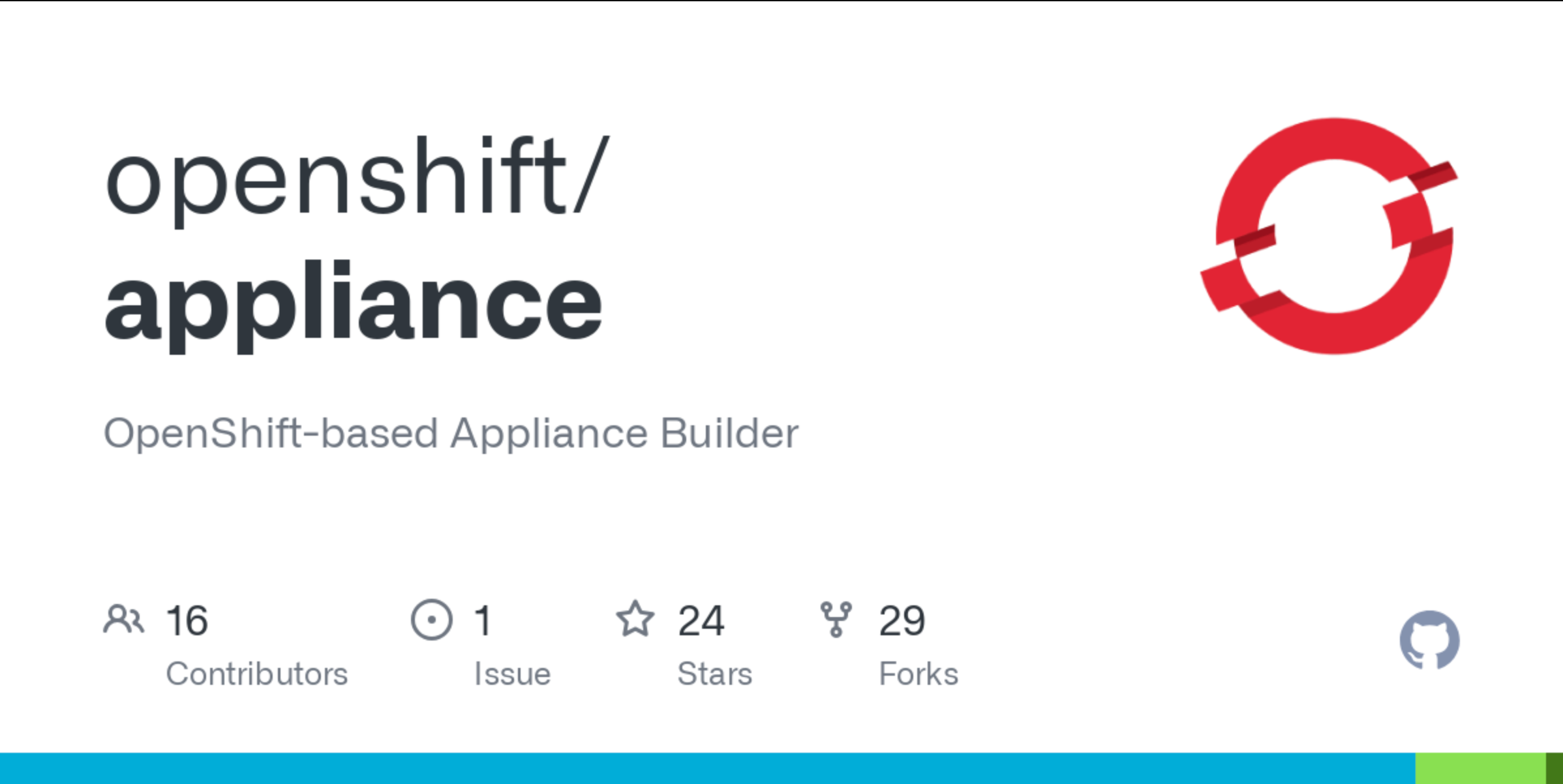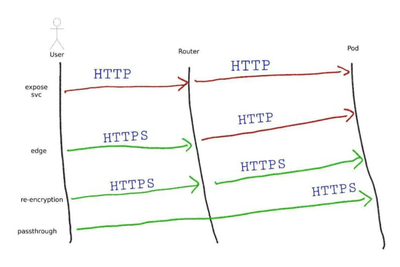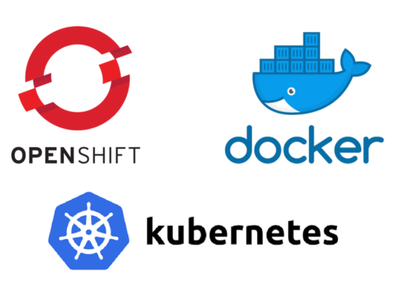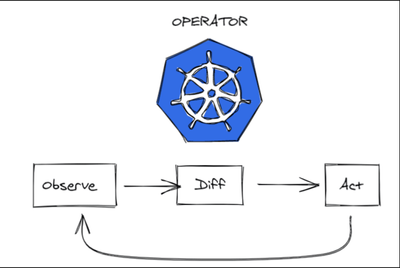
Challenge
Operating Red Hat OpenShift in highly restricted, air-gapped environments presents significant challenges. Without internet connectivity, software distribution, updates, and security patches require a robust, self-sufficient solution. Traditional OpenShift deployments rely on online registries, package repositories, and cloud-based management tools, making them unsuitable for classified, defense, financial, and critical infrastructure environments.
Solution
To address these challenges, I developed a self-contained OpenShift appliance using Red Hat’s Appliance Builder, designed explicitly for air-gapped environments. This solution integrates:
- Offline Container Registry – A built-in, self-hosted container image registry that allows OpenShift clusters to pull images without external dependencies.
- Automated Offline Updates – Secure, verifiable update mechanisms using cryptographically signed packages and Red Hat Satellite or local mirroring strategies.
- Security-Hardened Configuration – Pre-configured compliance policies (e.g., CIS Benchmarks, STIG) to meet industry regulations, reducing manual security hardening efforts.
- Appliance-Based Deployment – Using Appliance Builder, the OpenShift appliance provides a streamlined installation process with pre-integrated components, reducing deployment time and operational complexity.
The appliance was engineered to require minimal manual intervention, making it ideal for industries that need high security and regulatory compliance while minimizing operational risks and overhead.
Results
- Fully functional, self-contained OpenShift appliance for air-gapped networks
- Secure offline updates and a built-in self-hosted container registry
- Automated deployment process, reducing configuration time and human error
- Compliant with industry regulations (NIST, ISO 27001, DoD STIG, PCI-DSS)
- Optimized for defense, finance, and critical infrastructure, ensuring operational continuity
By leveraging Appliance Builder and Red Hat’s enterprise-grade tools, I successfully enabled secure OpenShift deployments in isolated environments while maintaining scalability, security, and regulatory compliance.







Comments